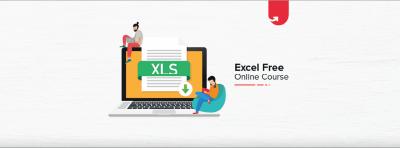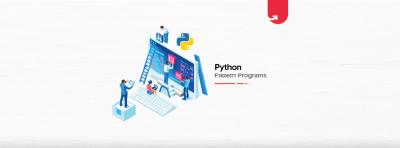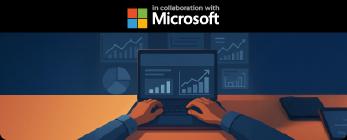Working professionals
Fresh graduates
- Study abroad
- Offline centres
More
Logistic Regression Online
Learn how to predict outcomes using data with upGrad’s Logistic Regression courses. Simple, practical, and beginner-friendly - ideal for anyone looking to step into the world of data science and analytics.
-80f5aca04e9b49ca9902fe2806c12f6e%20(1)-05c9b5b2614c40b681f04c3275487b40.jpeg&w=3840&q=75)
Overview of Learning Logistic Regression Courses with upGrad
What Will You Learn in upGrad’s Logistic Regression Online Courses?
Data Science Course Instructors
Learn From The Best
Learn Data Science fundamentals from expert instructors who help you excel in your careers by imparting cutting-edge analytics and machine learning skills.
8
Instructors
10
Industry Experts
Data Science Projects
Learn by Doing
Our data science online certification programs have projects to apply theoretical knowledge in practical scenarios, helps you to tackle real-world problems.
16+
Industry projects to choose from
Career Paths After Completing a Logistic Regression Course
Placements in Data Science Courses
Our Placement Numbers
Excel in data-driven careers with our certification in Data Science, boasting a high rate of successful student placements. Get hired by top companies.
Top Recruiters












Success Stories
What Our Learners Have To Say
Data Science Videos
You Might Like To Watch
Learner Support and Services
How Will upGrad Supports You
Receive unparalleled guidance from industry mentors, teaching assistants, and graders
Receive one-on-one feedback from our seasoned data science faculty on submissions and personalized feedback to improvement
Our Data Science Syllabus is designed to provide you with ample of industry relevant knowledge with examples
Why Choose upGrad for Logistic Regression Online Courses?
FAQs about Logistic Regression
1. What are the various forms of logistic regression?
There are three types of logistic regression:
- Binary Logistic Regression (when the outcome consists of two categories, such as Yes/No)
- Multinomial Logistic Regression (for outcomes consisting of more than two unordered categories)
- Ordinal Logistic Regression (for outcomes consisting of ordered categories).
These are well-taught in any good online course on logistic regression.
2. What is the logistic regression probability formula?
The logistic regression probability formula is:
P(Y=1) = 1 / (1 + e^-(β0 + β1X1 + β2X2 +. + βnXn))
This formula computes the probability of the target variable being 1 (true) from the given features and coefficients.
3. What is the purpose of a logistic regression model?
A logistic regression model applies to classification problems with categorical output. It estimates the probability of a class label (e.g., spam or not spam, disease or no disease) and is a staple in any data science course syllabus.
4. What are the main assumptions of logistic regression?
The primary assumptions of logistic regression are:
- The outcome has to be binary (in the case of binary logistic regression)
- No multicollinearity between independent variables
- A straight line relationship between the logit and the independent variables
- Large sample size
These logistic regression model assumptions are essential for reliable predictions.
5. Why are assumptions necessary in logistic regression?
Adhering to each logistic regression assumption guarantees the model remains interpretable, stable, and statistically valid. Breaking any of them can lead to deceptive results and poor performance.
6. What are the data requirements for logistic regression?
Important logistic regression data requirements are:
- Clean, labeled categorical target data
- Interval or binary independent variables
- No outliers
These are typically covered in an organized online logistic regression course.
7. What are the advantages of logistic regression?
Some major advantages of logistic regression include:
- It’s easy to implement and interpret
- Requires less computational power
- Performs well when the data satisfies assumptions
- Useful for binary classification tasks
8. What are the basic logistic regression algorithm steps?
The core logistic regression algorithm steps are:
- Collect and prepare the data
- Choose a logistic function
- Estimate model parameters using maximum likelihood
- Validate assumptions
- Evaluate model performance using accuracy, AUC-ROC, etc.
9. Who should take a logistic regression online course?
Students, working professionals, and aspiring data scientists looking to learn the logistic regression model, explore real-time projects, and understand the advantages of logistic regression should enroll in such courses.


upGrad Learner Support
Talk to our experts. We are available 7 days a week, 10 AM to 7 PM
Indian Nationals
Foreign Nationals
Disclaimer
The above statistics depend on various factors and individual results may vary. Past performance is no guarantee of future results.
The student assumes full responsibility for all expenses associated with visas, travel, & related costs. upGrad does not .






















-7f4b4f34e09d42bfa73b58f4a230cffa.webp&w=128&q=75)
-ae8d039bbd2a41318308f8d26b52ac8f.svg)



















-39a9e7a7278a441ea08a60a1f45b4913.png&w=128&q=75)



























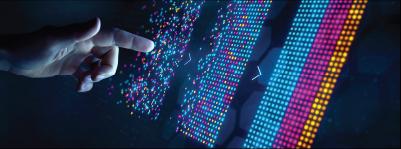

-f76598bd0be347138a7a742ac19fa7bc.webp&w=3840&q=75)







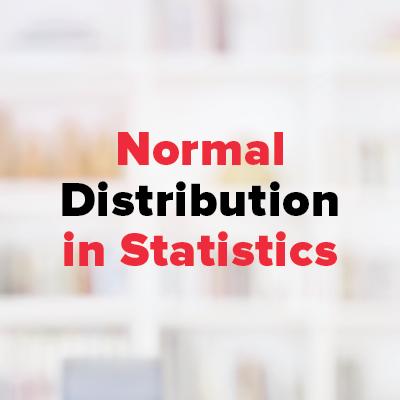

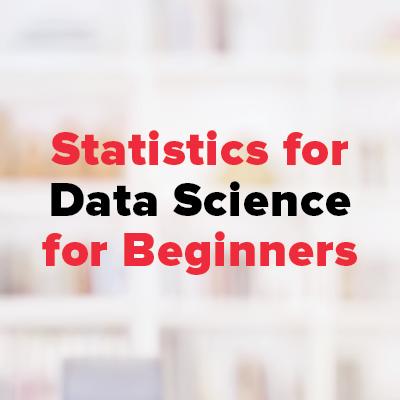
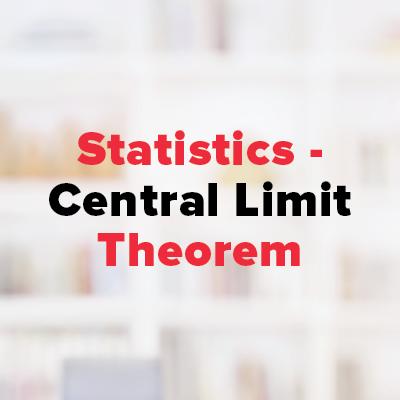
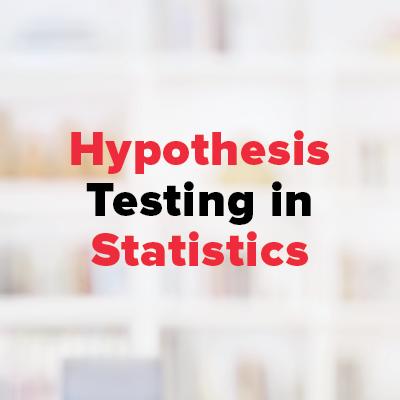
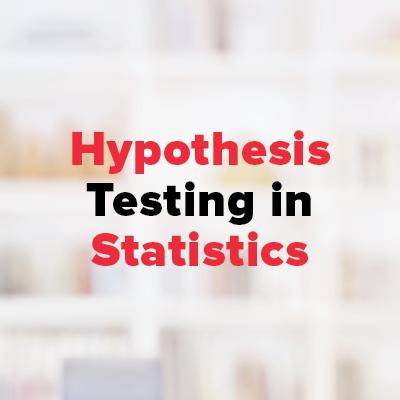
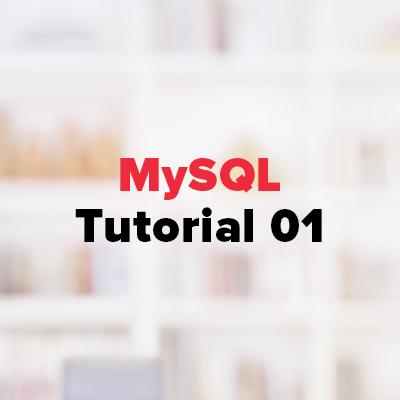
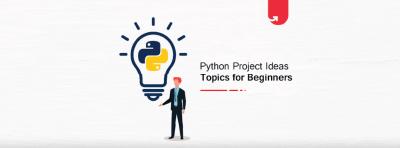

-98e41100725448ef90d7da58ec3c852a.webp&w=828&q=75)
